Name: Natural and Culturo-Historical Region of Kotor
Address: Kotor, Montenegro
Official/Related Website URL: http://whc.unesco.org/en/list/125
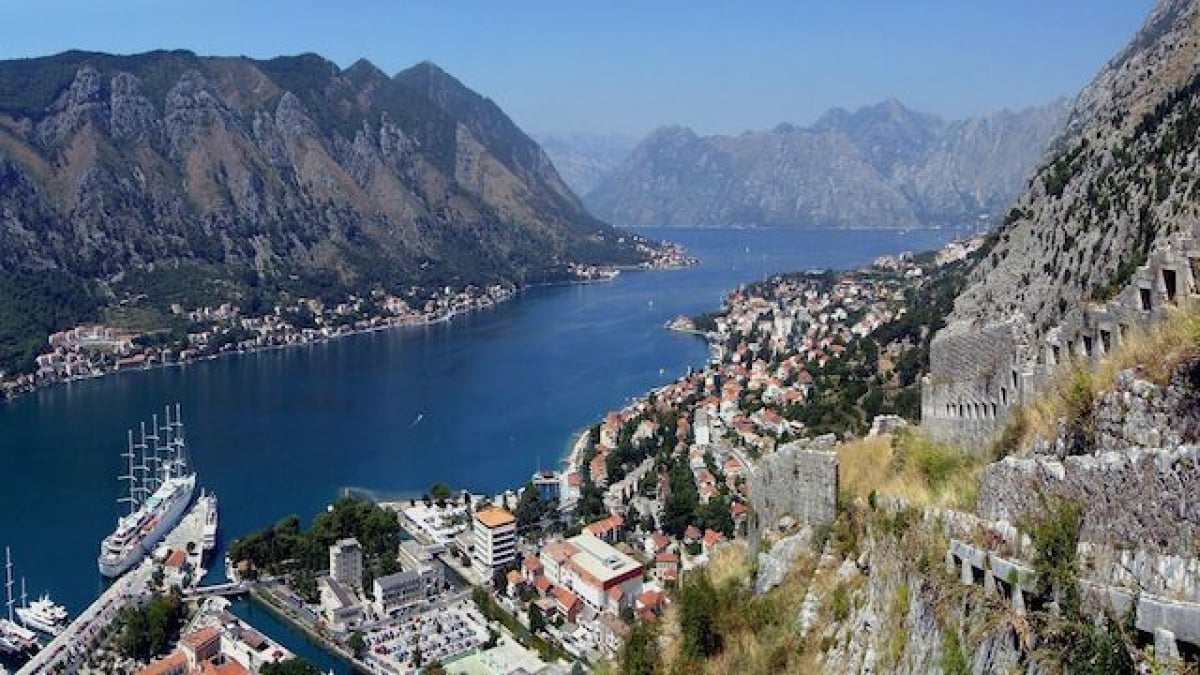
3 World Heritage Sites in the Small Balkan Country of Montenegro
Montenegro became independent from Serbia and Montenegro in 2006. Many people may not be very familiar with the name of the country, but with its sea, mountains, and beauty, many tourists visit Montenegro. Its beautiful scenery is, of course, registered as World Heritage, so when it comes to sightseeing in Montenegro, touring the World Heritage Sites is a standard choice.
This time, we will introduce three wonderful World Heritage Sites in Montenegro!
table of contents
[x] close
3 World Heritage Sites in the Small Balkan Country of Montenegro
- 1. Natural and Cultural-Historical Region of Kotor
- 2. Durmitor National Park
- 3. Medieval Tombstones Stećci Graveyards
- 4. Venetian Works of Defence between the 16th and 17th CenturiesThe “Venetian Works of Defence between the 16th and 17th Centuries” was only registered as a World Heritage Site in 2017. It comprises 15 fortifications in Croatia, Italy, and Montenegro, which were used by the navy to protect Adriatic ports and sea routes. The construction technology included the use of cannons, which was considered highly innovative in the context of warfare at the time, making these fortifications culturally valuable.
- ◎ Summary
1. Natural and Cultural-Historical Region of Kotor
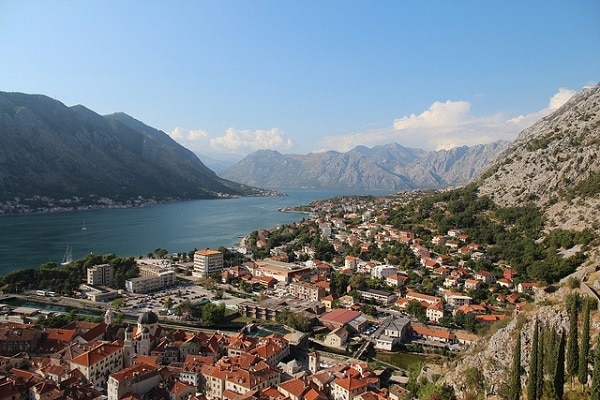
Kotor is a walled town along the Adriatic coast that retains a medieval atmosphere. It is a beautiful town with orange-roofed buildings lining the deep, fjord-like bay.
The city walls surrounding Kotor’s port, built between the 12th and 14th centuries, were constructed during Venetian occupation, and many buildings still show strong Venetian influence. From the walls, you can enjoy a grand panorama of Kotor’s historic townscape and the emerald-green, jewel-like Bay of Kotor.
The Natural and Culturo-Historical Region of Kotor was registered as a UNESCO World Heritage Site in 1979. Many historical buildings line the town, including the central Clock Tower, the Romanesque-style Cathedral of Saint Tryphon, the small but timeworn Church of Saint Luke, and the Church of Saint Clare with its Franciscan convent chapel—popular attractions for many tourists.
Before visiting Kotor, researching Montenegro’s religious history and church architectural styles will make your experience even more enjoyable. Why not visit Kotor to fully savor the culture of medieval Europe alongside beautiful nature?
2. Durmitor National Park
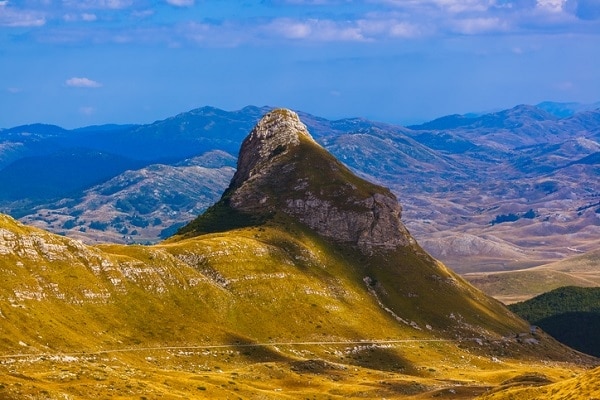
Durmitor National Park in Montenegro was registered as a UNESCO World Natural Heritage Site in 1980. The park is home to Mount Durmitor, which rises to an altitude of 2,522 meters. Known as “Europe’s last hidden frontier,” it is inhabited by rare and endangered species such as the western capercaillie, brown bear, chamois, and Eurasian eagle-owl.
Marine sediment deposits from the late Mesozoic to the Tertiary period remain here, giving the site high geological and archaeological value. The park’s rugged landscape was shaped by glaciers, whose erosive power during the Ice Age created its unique terrain.
Most visitors to Durmitor National Park enjoy trekking. Experiencing the terrain firsthand by walking through it allows you to fully appreciate this World Heritage Site. If you have a car, you can also enjoy views of the park from various points. If you want to relax surrounded by majestic nature in Montenegro, visit the World Heritage-listed Durmitor National Park!
Name: Durmitor National Park
Address: Žabljak
Official/Related Website URL: http://whc.unesco.org/en/list/100
3. Medieval Tombstones Stećci Graveyards
Registered as a UNESCO World Cultural Heritage Site in 2016, the medieval tombstones known as Stećci were built between the 12th and 16th centuries and are scattered near the borders of Croatia, Montenegro, Serbia, and Bosnia and Herzegovina. Of the over 70,000 discovered, three sites in Montenegro are registered as World Cultural Heritage.
The Stećci tombstones are decorated with various motifs—spiral and arch patterns, geometric shapes, the sun and moon, symbolic animals and plants, and traditional folk dances. These carvings offer insight into the lifestyles and beliefs of the people of the time. However, why such motifs were carved into the tombstones remains unclear. The medieval Stećci tombstones of Montenegro are a World Heritage Site that still holds mysteries today.
Name: Medieval Tombstones Stećci Graveyards
Official/Related Website URL: http://whc.unesco.org/en/list/1504#top
4. Venetian Works of Defence between the 16th and 17th CenturiesThe “Venetian Works of Defence between the 16th and 17th Centuries” was only registered as a World Heritage Site in 2017. It comprises 15 fortifications in Croatia, Italy, and Montenegro, which were used by the navy to protect Adriatic ports and sea routes. The construction technology included the use of cannons, which was considered highly innovative in the context of warfare at the time, making these fortifications culturally valuable.
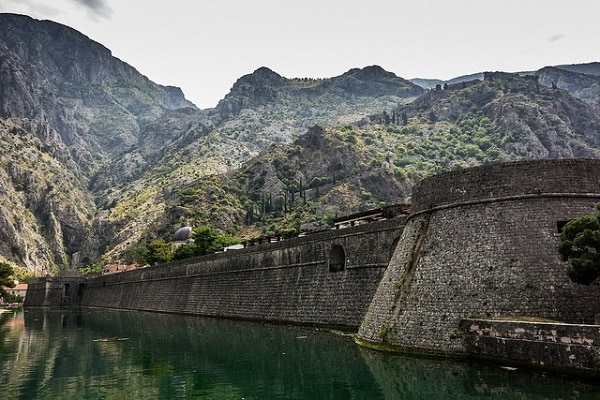
The “Venetian Works of Defence between the 16th and 17th Centuries” was only registered as a World Heritage Site in 2017. It comprises 15 fortifications in Croatia, Italy, and Montenegro, which were used by the navy to protect Adriatic ports and sea routes.
The construction technology included the use of cannons, which was considered highly innovative in the context of warfare at the time, making these fortifications culturally valuable.
Name: Venetian Works of Defence between the 16th and 17th Centuries
Official/Related Website URL: http://whc.unesco.org/en/list/1533#top
◎ Summary
Montenegro, located in the southeastern part of Europe on the Balkan Peninsula, may not be very familiar to people, but it is a popular tourist destination in Europe. Though small, it is a beautiful country full of charm.
It boasts magnificent natural and cultural World Heritage Sites unique to Montenegro, where rich nature and diverse cultures come together. Be sure to visit!
RELATED ARTICLES
REGIONS
CATEGORIES
FEATURED ON Montenegro
-
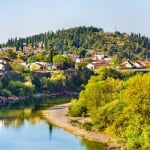
Surrounded by Stunning Mountains: 6 Must-Visit Tourist Spots in Podgorica, Montenegro
-
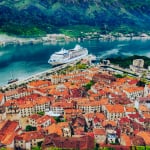
A walking tour of the Natural and Culturo-Historical Region of Kotor, a UNESCO World Heritage fortified city in Montenegro
-

Trekking in Montenegro’s Majestic Durmitor National Park – A UNESCO World Heritage Site!
-

8 Incredibly Beautiful Places You Have to Visit in Europe’s Balkan Region
-

Montenegro:A Destination in the Balkans with Interesting Attractions Worth Sightseeing
MOST POPULAR ON Montenegro
-
 1
1Doha: Must-see Attractions in the Capital of Qatar
-
 2
2Toronto: 10 Things to do in this Picturesque Canadian City
-
 3
3Amarillo: A City Famous for It’s Amazing Canyons, Great History and Music
-
 4
4South Korea: Dazzling Scenery, Rich Culture and Fascinating History
-
 5
5Kuwait: A Country in Middle East Asia Famous for Hot Sand Dunes and Stunning Cityscape





